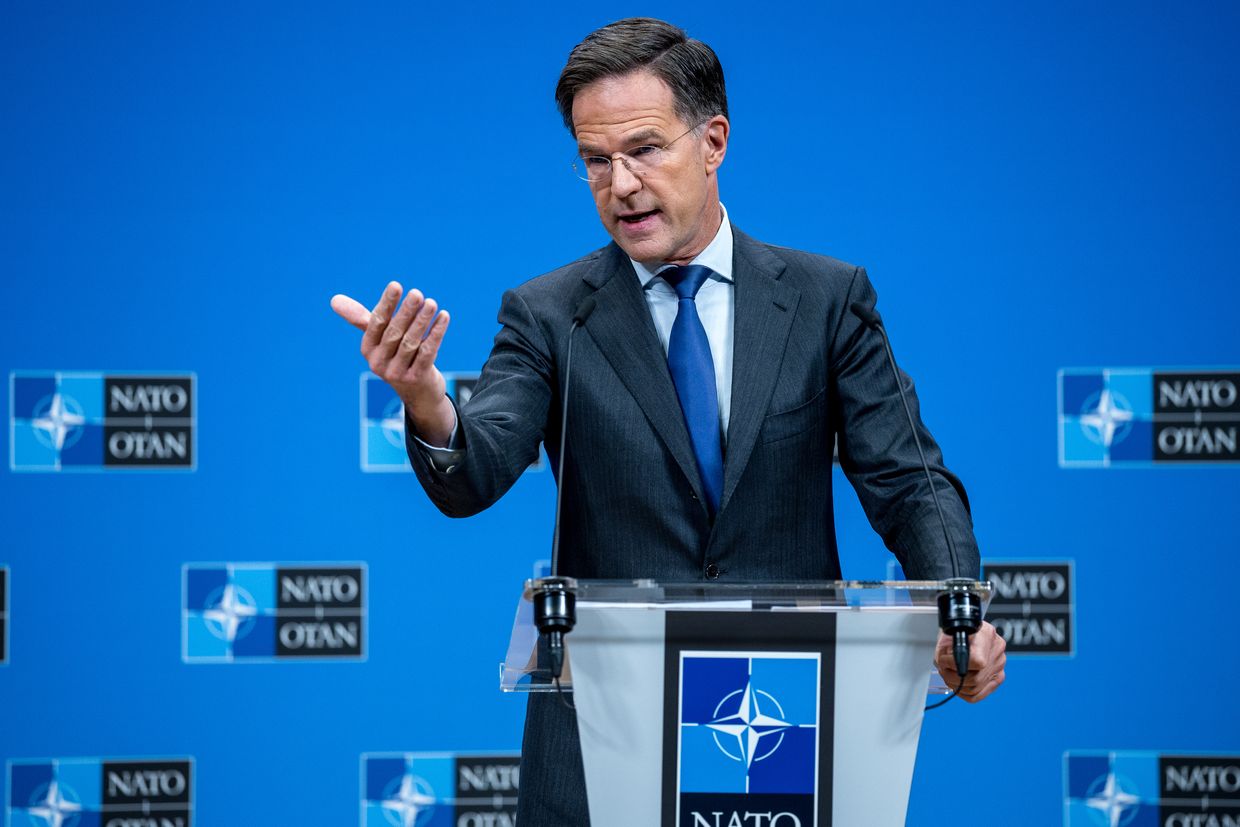
NATO Secretary Common Mark Rutte on July 4 known as on america to indicate "flexibility" in its navy support to Ukraine, after Washington unexpectedly paused some weapon deliveries citing issues over dwindling home stockpiles.
The Pentagon's determination to halt transfers of artillery rounds and air protection techniques coincides with a big escalation in Russian assaults on Ukrainian cities, exposing essential vulnerabilities in Ukraine's air protection capabilities as present US funding nears expiration this summer season.
"The US has to ensure that the stockpiles are on the stage we’d like for the U.S. to have, as a result of they’re essential for our collective protection," Rutte informed reporters on July 4. "On the identical time, after all, we hope for the flexibleness, we’ve got to ensure additionally that Ukraine can transfer ahead."
The Pentagon introduced the help pause this week, citing a evaluation of U.S. stockpiles because it assesses the necessity to preserve weapons for different potential safety threats. This transfer comes as Russia intensified its air marketing campaign, unleashing report drone and missile strikes on Kyiv and different main city facilities in a single day.
President Volodymyr Zelensky spoke with U.S. President Donald Trump by telephone Friday, aiming to influence the U.S. chief to renew deliveries and improve weapon gross sales to the nation. Trump expressed disappointment following his newest dialog with Russian counterpart Vladimir Putin, which produced no progress towards a ceasefire in Russia's struggle towards Ukraine, now in its fourth-year.
Given Russia's obvious unwillingness to pursue a ceasefire, allies should "be certain" Ukraine "has what it wants to remain within the combat," Rutte emphasised. He spoke after a ceremony welcoming Air Drive Common Alexus Grynkewich, the brand new commander of U.S. navy forces in Europe and high NATO navy commander.
Grynkewich acknowledged the continuing discussions, including: "We’ll see extra play out of the subsequent week or two." He additionally introduced a 90-day evaluation of U.S. forces in Europe, inspecting potential future US posture within the area.
A broader US navy evaluation is anticipated later this summer season, probably outlining important reductions in Europe. This prospect has already raised issues amongst European NATO allies, who say they’ve acquired no prior details about these plans.
 The Kyiv IndependentTim Zadorozhnyy
The Kyiv IndependentTim Zadorozhnyy
